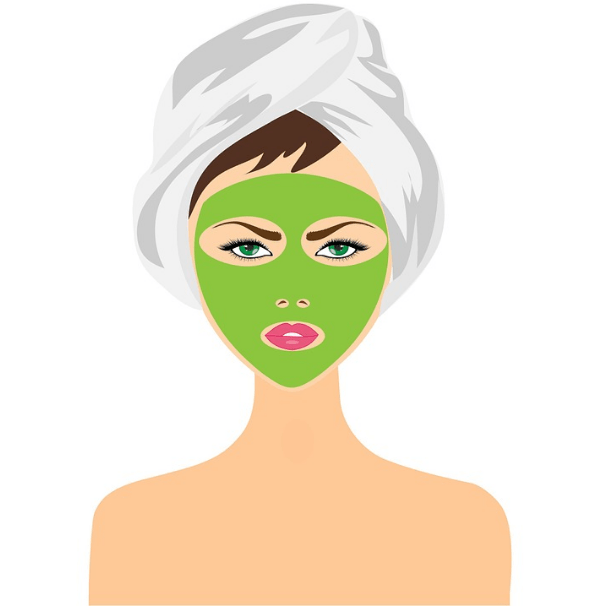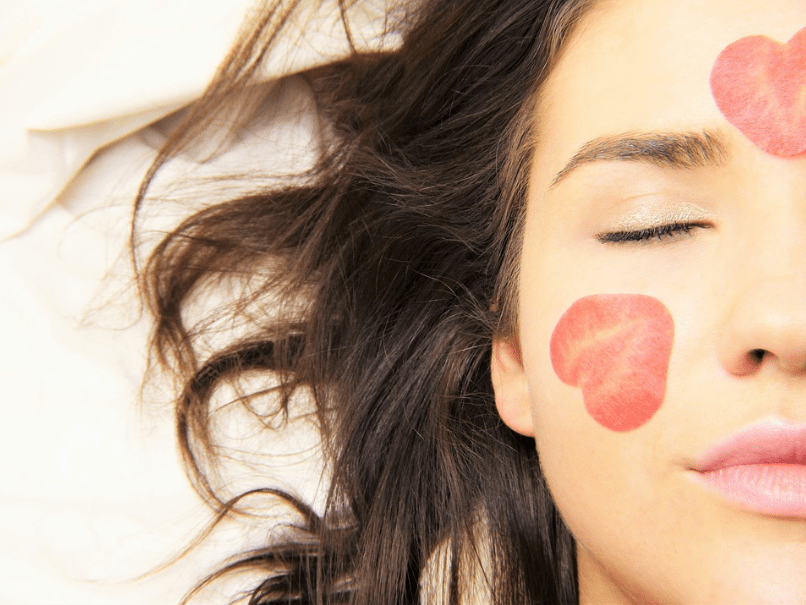If you’re looking into starting your skincare routine, the first and most important step to do is determine your specific skin type.
As the body’s largest organ, the skin is as intelligent and as complex as your other vital organs. To take care of your skin, you must understand how it adapts to the different seasons and particularcircumstances.
Without knowing your exact skin type, you might be buying beauty or skincare products that are not meant for your skin type, resulting in breakouts and other conditions that may harm your skin. Taking the time to carefully learn about the specific things your skin needs will help you choose the correct products that will result in brighter and healthier skin.
Each person has a unique skin type, but there are three common skin types can help you identify where your skin fits in. These three main skin types are: Dry, Oily, and Normal/Combination.
TIPS FOR FIGURING OUT WHICH SKIN TYPE YOU HAVE
BARE-FACED METHOD
The bare-faced method involves thoroughly cleansing your face with the mild cleanser and gently patting it dry. This method requires leaving your skin bare for 30 minutes without applying any additional serum, moisturizer, or treatments. After the time is over, look for any shine on your forehead, chin, nose, and cheeks. After examining your skin, evaluate whether or not your skin feels dry while smiling or making other facial expressions. If you feel that your skin is tight, then it’s probably dry. However, if there are any noticeable shine on your forehead and nose, then it’s most likely the normal or a combination type. Meanwhile, if there is any additional shine on your cheeks and nose, and forehead, you probably have oily skin.
BLOTTING SHEET METHOD
Not only is this method an excellent differentiator between skin types, but it is also much faster than any other method. Take a blotting paper and gently pat it around the different areas of your face. When you’re done patting, hope the sheet up and put it against the light to see how much oil is there. If you can see little to no oil, then you probably have dry skin; if the sheet picked up oil from your nose and forehead areas, then you have a normal/combination skin type; and if the blotting paper is soaked with oil, then it’s most likely that you have oily skin.
TAKE A SKIN-TYPE QUIZ
Another method of figuring out your skin type is the skin type quiz. You can take these quizzes on the internet. Also, do bear in mind that your present skin type can change to a different kind as, throughout your life, your body will go through different hormonal shifts.
Another method is to read the three main skin types’ descriptions to determine which one you belong to.
SKIN TYPES
Dry Skin
Throughout the day, a person with a dry skin type may feel tightness and experience flaking. If you have a dry skin type, it’s most likely due to environmental factors, lifestyle and diet, the climate, hormonal changes, and even genetics. Another leading cause of dry skin is dehydration, so you need to drink a lot of water and avoid caffeine and alcohol.
Normal/Combination Skin
If you have a normal/combination skin type, you probably often experience dryness on your cheeks. If you feel this, then it’s important, but you find a moisturizer, one that can retain moisture and is not too heavy on your skin. People with normal skin types most likely have well-moisturized t-zones and are also not prone to breakouts on their cheek areas. It’s also important to exfoliate your skin daily to keep your cheek and tea zone areas balanced. Find a moisturizer with a gel-like texture as it absorbs more quickly and is less likely to cause any breakouts to happen.
Oily Skin
People with oily skin have pores that are often clogged and congested by excess oil. On a more positive note, if you have an oily skin type, your skin probably looks more supple and younger since it retains more natural moisture. Also, those with oily skin are less prone to wrinkles. It is highly recommended that you do a daily enzymatic exfoliation to prevent the buildup of sebum in your pores and promote cell turnover. You can also use a gentle physical exfoliator to balance your skin tone and texture.
It can be a challenge for those with sensitive skin to manage it, which is why it’s best to introduce only one product at a time. An excellent way to minimize potential reactions on your face is patch testing the new formula or product you’re about to apply on your inner forearm.
Remember that our skin type is not constant and can change over time, so it’s essential to take steps that will best identify your skin needs. Check on your skin from time to time so that you would be able to determine whether or not your skincare routine needs any adjustments.


